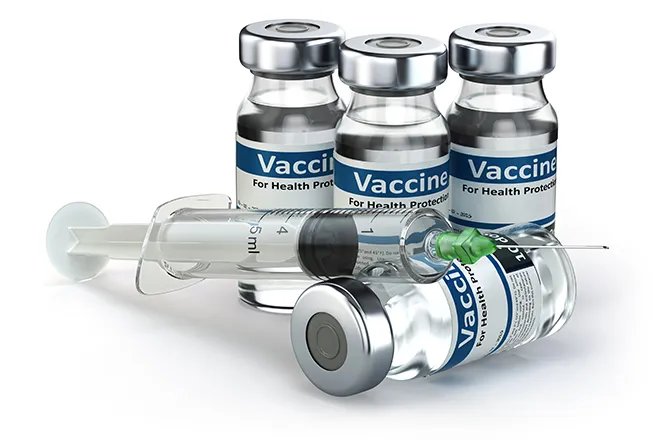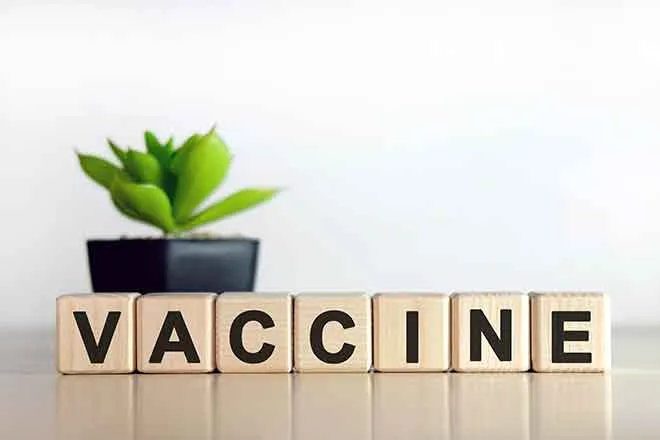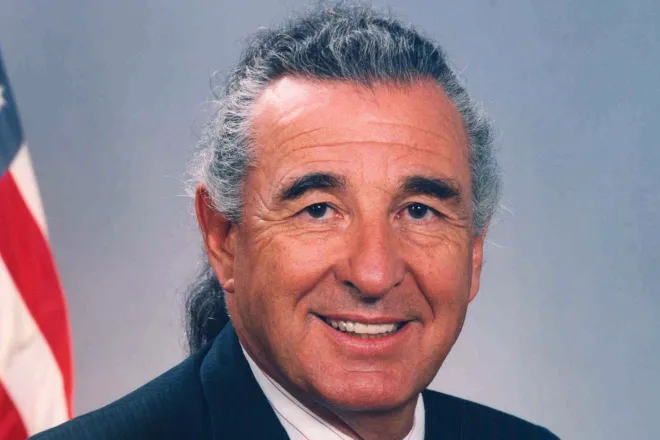
What Are the Common Misconceptions About CPR?
Knowing how to perform cardiopulmonary resuscitation (CPR) is, quite literally, a vital skill. When someone experiences cardiac arrest or a similar traumatic event and is unconscious, unresponsive, and not breathing, seconds count to keep oxygen circulating throughout their body, preventing organ failure and death. But for all the good that CPR does, there are just as many mistakes and myths about how it’s done and what it can and can’t do. So, what are the common misconceptions about CPR?
No, CPR Cannot Start a Heart Beating Again
We’ve all seen that scene in a medical show or similar drama. A character has a heart attack, drowns, or is otherwise subjected to a severe trauma that stops their breathing and heart. Luckily—at least in the show—all it takes to bring them back from the brink of death is a little CPR. They suddenly gasp, and then all is well. Unfortunately, CPR in real life doesn’t work that way. As mentioned, the goal of CPR is to keep the blood moving and the oxygen reaching the brain and other vital organs until the real healthcare professionals take over.
You Can’t Be Sued for Performing CPR
Some people don’t want to learn CPR for fear that if they perform CPR, they could be sued for doing the procedure without permission or even injuring someone while delivering compressions. Nothing could be further from the truth. In general, most states have Good Samaritan laws in place that protect people who try to provide CPR. Overall, you cannot be sued for trying, in good faith, to save someone's life. Also, it is all but impossible to cause serious injury with CPR, and even if a rib is broken, that’s a much easier fix than organ failure or death.
Mouth-To-Mouth Is Not a Necessity
People are often reluctant to learn CPR because they don’t like the idea of having to deliver mouth-to-mouth resuscitation. They fear the transmission of diseases or simply can’t handle the idea of maintaining that degree of physical contact with another human being. The truth is that the process of delivering chest compressions is often sufficient and effective to keep oxygenated blood flowing, and some institutions no longer even recommend mouth-to-mouth resuscitation. But mouth-to-mouth can also be delivered using mouth barriers and face shields, which are found in many first aid kits.
CPR Can Be Learned Online, but Certification Needs a Live Class
We’ve answered the question, “What are the common misconceptions about CPR?” but here’s the last one. While you can pick up the basics of CPR online, it’s best to achieve certification through a live and in-person course. See if your employer can host an onsite CPR certification session. It’s a great team-building exercise, and it might even save a life.

















